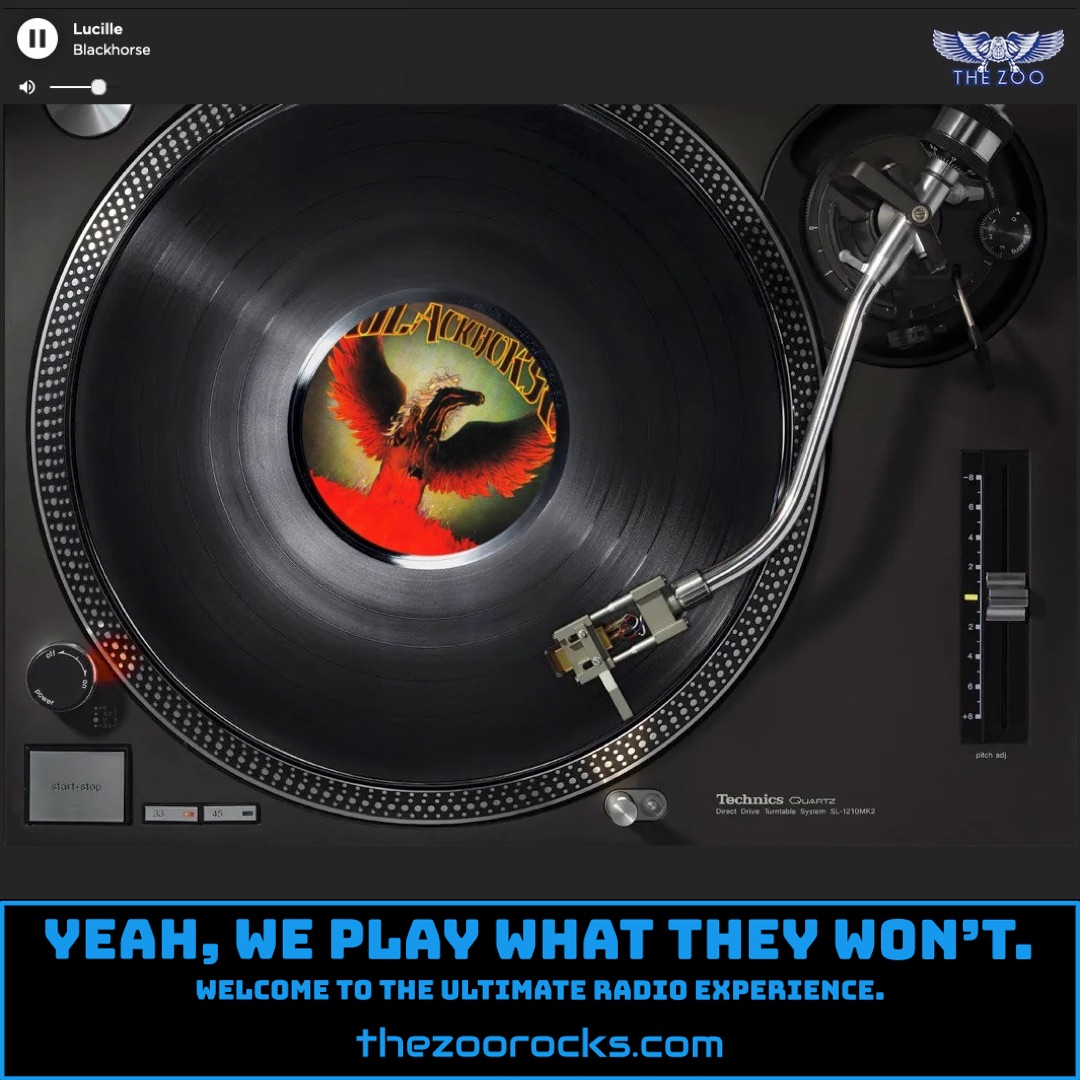The WASP (Texas Radio and the Big Beat)
The Doors
The Zoo Crew is spinning The WASP (Texas Radio and the Big Beat) by The Doors, a track from their 1971 album L.A. Woman, and the Zoo Freaks are vibing to its hypnotic groove. This song, steeped in poetic mystique, originated from a 1968 poem by Jim Morrison titled Texas Radio, which he often recited at live performances before the band transformed it into a full track. The lyrics, delivered in Morrison’s commanding spoken-word style, were double-tracked for effect, blending seamlessly with Robby Krieger’s gritty guitar, Ray Manzarek’s swirling organ, and John Densmore’s tight drums, anchored by session bassist Jerry Scheff. The song’s title and theme draw from high-powered Mexican radio stations, known as “border blasters,” that beamed unregulated signals into Texas during the 1950s, with DJ Wolfman Jack as a key influence—Morrison and Manzarek were fans of his eclectic broadcasts. A post from The Doors’ official X account on January 31, 2025, highlighted how Morrison adapted his poem for the L.A. Woman sessions, creating a raw, bluesy anthem that captures the counterculture’s rebellious spirit.
Lyrically, The WASP is a tapestry of allegory and imagery, sparking endless interpretations. Some fans see it as a tribute to rock ‘n’ roll’s liberating power, with lines like “We have constructed pyramids in honor of our escaping” evoking a break from societal norms. Others, as discussed on r/thedoors, interpret it as a critique of the establishment, with “WASP” possibly nodding to White Anglo-Saxon Protestant culture, though Morrison never confirmed this. The line “Negroes in the forest brightly feathered” has been debated, potentially referencing Native American imagery or the counterculture’s fringe existence, as noted in a 2024 Song Meanings and Facts article. A 2019 Reddit thread on r/thedoors also suggested the song celebrates blues musicians and personal freedom, with Texas symbolizing a hub of liberation. Fun fact: Marilyn Manson used The WASP as an intro for his 2012 Hey, Cruel World tour, pairing its pulsing beat with the heartbeat opening of Antichrist Superstar.
The Doors formed in Los Angeles in 1965, born from a chance meeting between Jim Morrison and Ray Manzarek, both UCLA film school students. Morrison, a poet with a penchant for the provocative, shared his lyrics with Manzarek, a classically trained keyboardist, and their chemistry sparked the band’s creation. They recruited guitarist Robby Krieger and drummer John Densmore, naming the group after Aldous Huxley’s The Doors of Perception, inspired by a William Blake quote about cleansing perception to see the infinite. The Doors’ early gigs at clubs like the Whisky a Go Go honed their psychedelic rock sound, blending Morrison’s shamanic stage presence with the band’s improvisational flair. Their 1967 debut album, featuring the hit Light My Fire, catapulted them to fame, though Morrison’s defiant performance on The Ed Sullivan Show—refusing to censor the line “girl, we couldn’t get much higher”—cemented their rebellious image.
The band’s journey was meteoric but turbulent, fueled by Morrison’s wild persona and poetic genius. They released six studio albums during his lifetime, with L.A. Woman as their final work before Morrison’s death in 1971 at age 27. The surviving members briefly continued as a trio before disbanding in 1973. The Doors’ influence endures, with their induction into the Rock & Roll Hall of Fame in 1993 and ongoing archival releases through their official website. Fans can connect via the band’s Facebook, Instagram, and X accounts, where updates and vintage content keep the legacy alive. For deeper dives, fan communities thrive on platforms like the The Doors Fans Facebook group and The Doors Guide, a fan-run site packed with discographies and rare photos.

